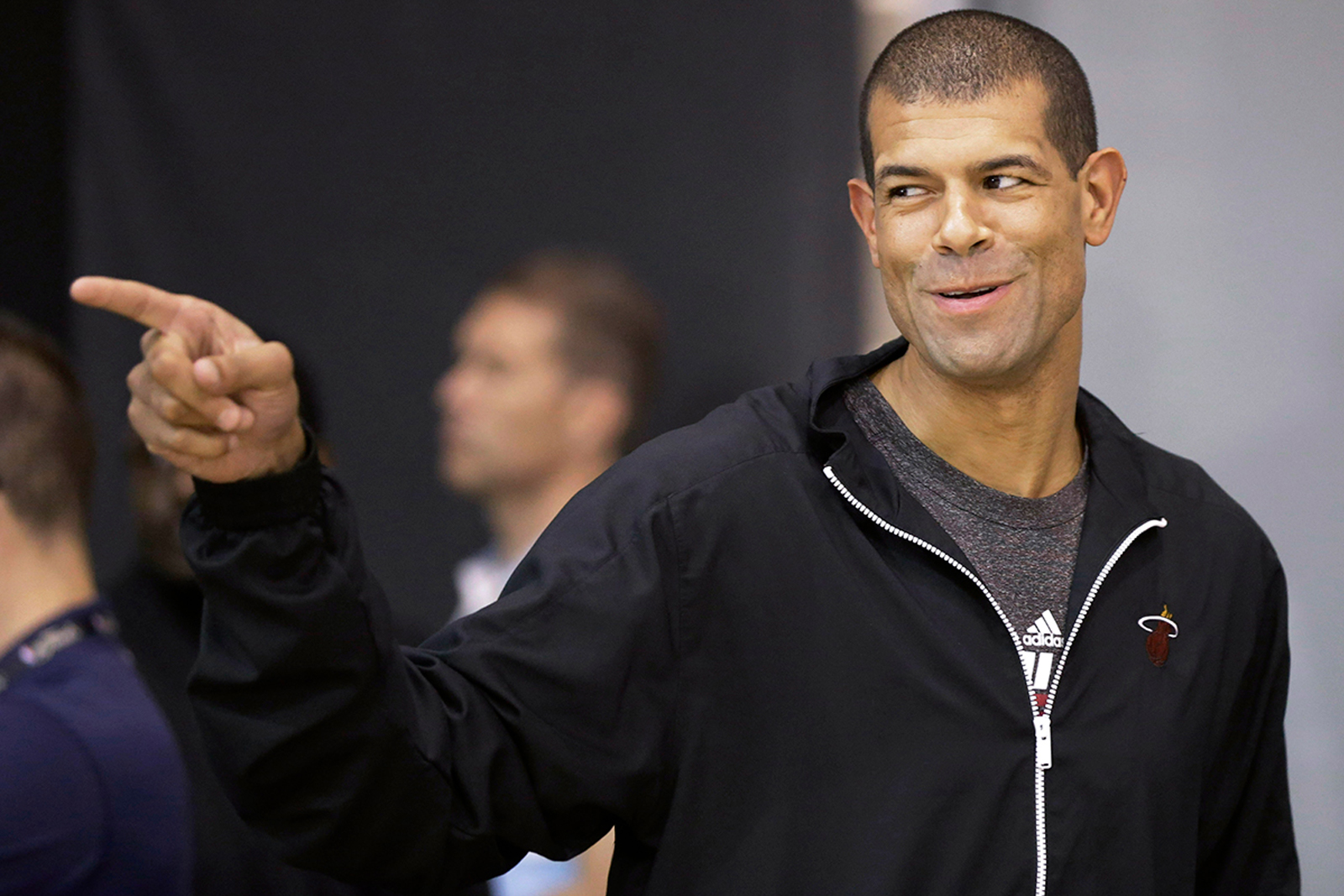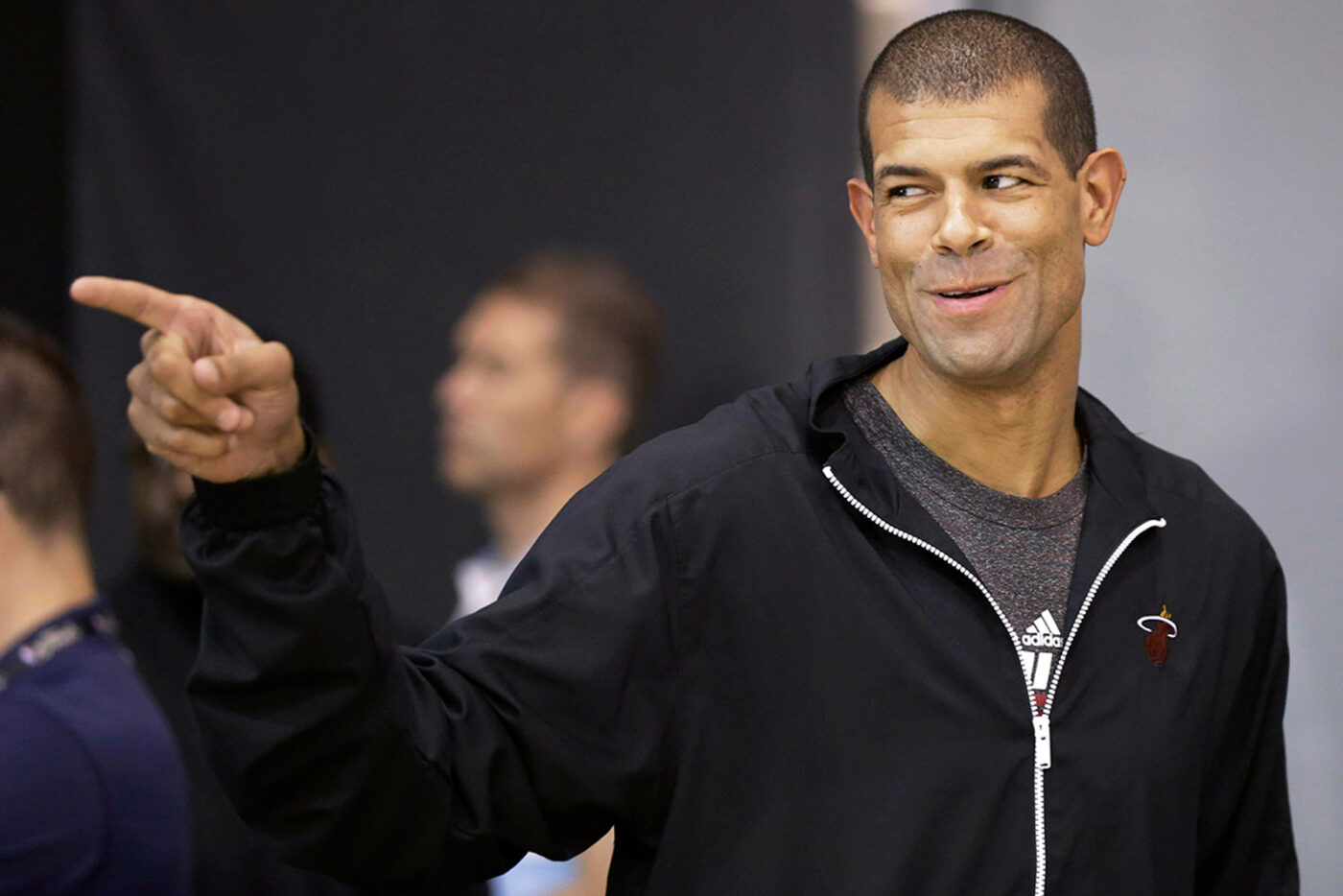The player to watch
It isn’t the one everyone else is watching

Kobe Bryant. Michael Jordon. Shane Battier. Larry Bird.
I’m gonna go out on a limb and say that three of those four names are familiar to you.
All four were National Basketball Association players.
Up until recently, there was one name on that list that wasn’t familiar to me.
But now, that one name that wasn’t familiar means more to me than the rest.
Shane Battier.
When I first learned about him, I was so unfamiliar with him, I had to search for him phonetically - [bat ee YAY].
After graduating from Duke, he was drafted by a team with the worst winning percentage in NBA history. Then a year later, the general manager of the team tried to trade Shane Battier… unsuccessfully, because most other NBA players (to include those sitting during the game) had better stats.
Shane Battier wasn’t shining when it came to the stats.
Correction: Shane Battier wasn't shining when it came to the typical stats, those stats we spout out when we talk about those other three superstars. Minutes played. Shots taken. Percentage of shots made. Rebounds per game. Points per game. Shots blocked. Assists. All those quantifiable things sports commentators can decipher for us while it scrolls along the bottom of our screen.
Here’s why Shane Battier’s stats don’t roll off the tongue easily or present neatly on a graphic: when Shane Battier was on the court, his team did better and the team they were playing did worse.
Shane Battier’s rebound percentage wasn’t anything to phone home about, but when he was on the court, his teammates rebounded better.
Shane Battier didn’t have a remarkable shots-on-goal percentage, but when he was on the court, he got the ball in the hands of his teammates who were in a better position to take (and make) a shot.
Defensively, Shane Battier was tasked with marking the opponent’s highest scorer, and when he did, that scorer was held to significantly lower shooting percentages.
One of Shane Battier’s general managers called him “Lego” because all the pieces fit better with Shane Battier on the court.
And unlike every other player, anxious to be kept on the court, Shane Battier contributed by asking to be benched whenever the high-scoring player he was guarding went off the court.
Shane Battier made subtle contributions to his team.
Subtle and selfless contributions that were challenging to measure.
Contributions that weren’t flashy, didn’t draw attention, have a catchphrase, a corresponding finger wag or get you a GEICO commercial with said catchphrase and finger wag.
There’s a deeper lesson about what the NBA measures (or should measure) to rank and rate players, but I won’t go into that … not in my house.
What I admire so intensely about Shane Battier was his selfless service to his team.
While the rest of the sport measures and celebrates individual statistics and achievements, Shane Battier was dribbling, blocking, passing and assisting under the radar.
I am guilty of getting caught up in the merchandise-saturated world of firsts, bests and onlys. But since learning about Shane Battier, the “No-Stats All-Star,” I’m on the lookout for those selfless contributors making those firsts, bests and onlys look as good as we’re reminded they do.
So here’s to the no-stat all-stars like Shane Battier.
Those who lift up those around them and make everyone shine brighter.
Those who do things for the good of the team at the expense of their personal stats.
Those who do the dirty work others won’t.
Those are the super stars.

